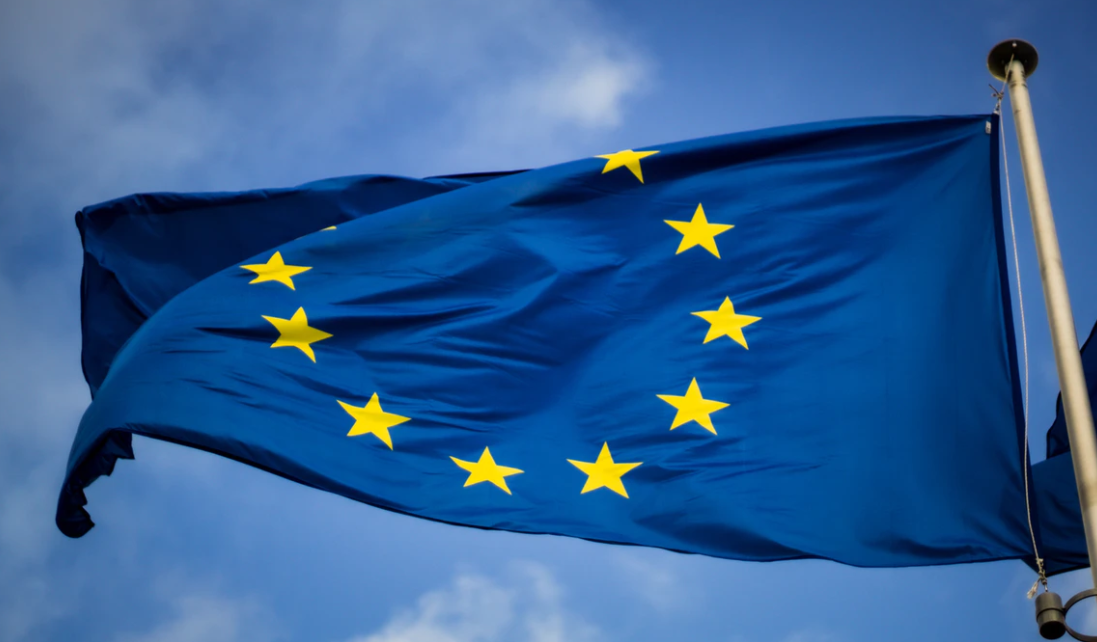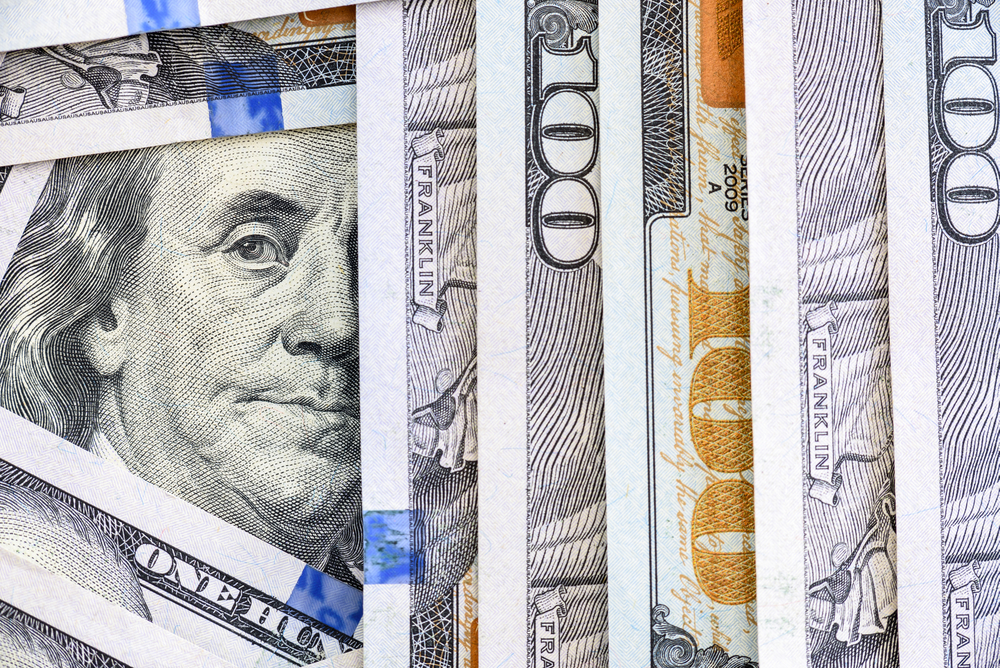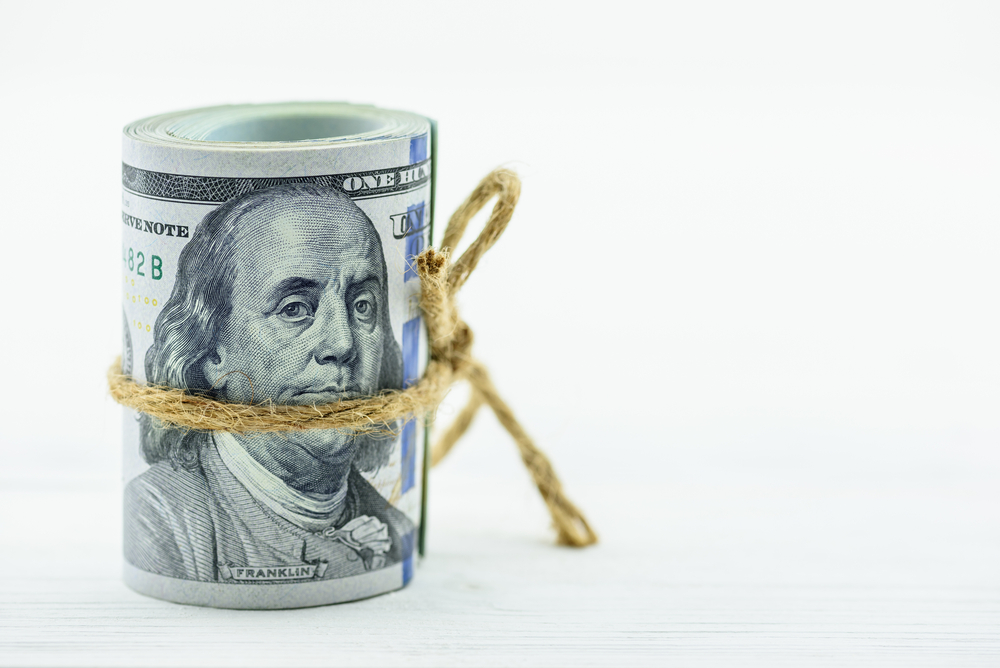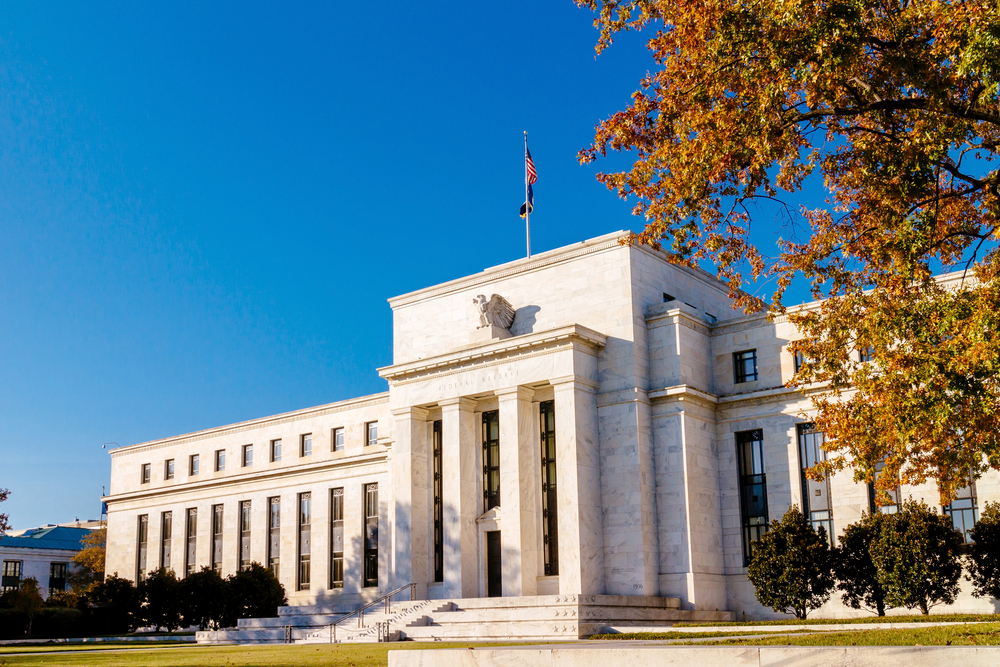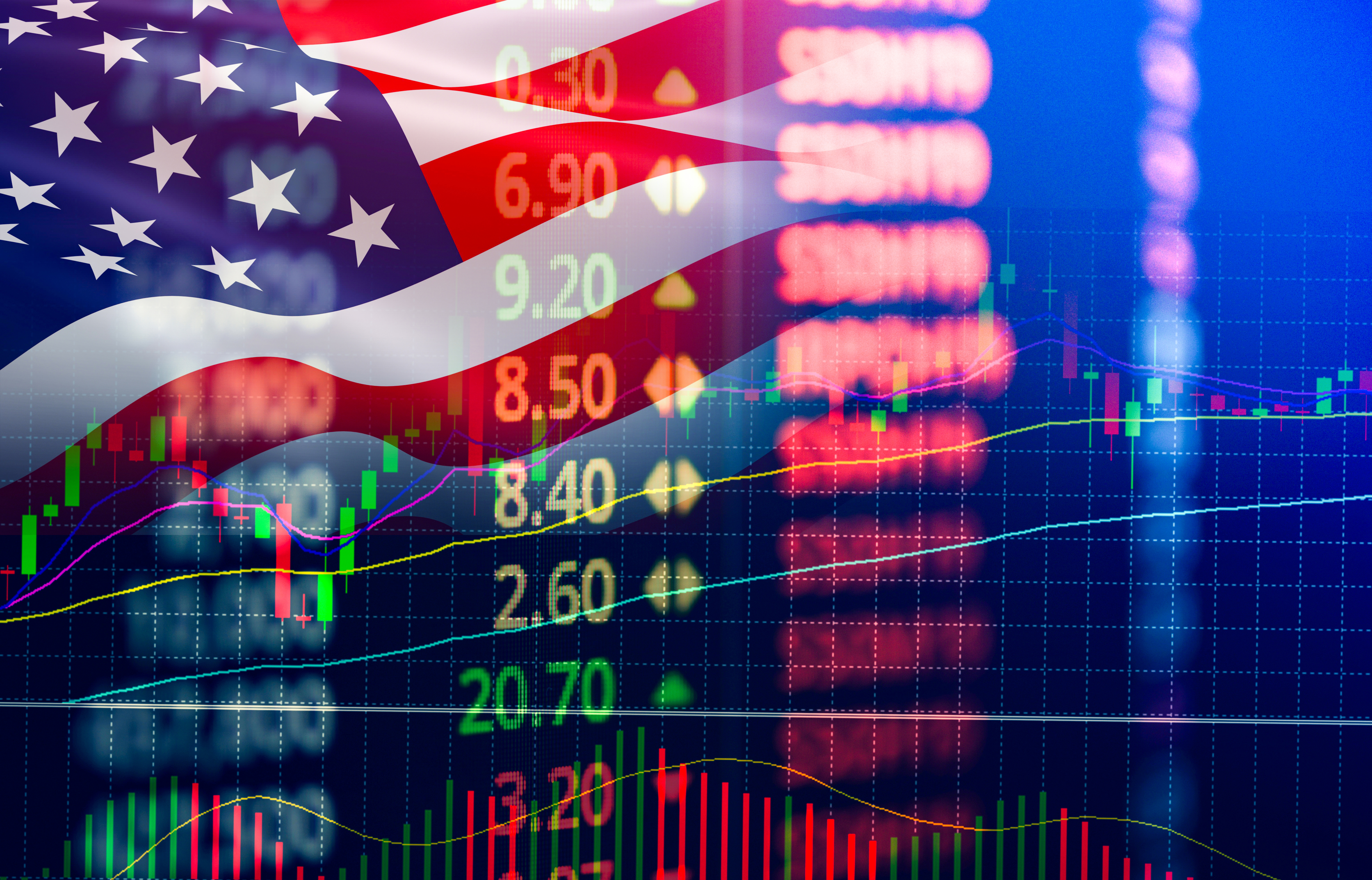Industrial Production in Eurozone Shrinks After 3 Months
The Industrial Production Index for December, published by the Eurostat, fell by 1.6 percent compared to the previous month and by 0.8 percent compared to the same period last year and both data were below market expectations.
Compared with November 2020, production of capital goods fell by 3.1% and non-durable consumer goods by 0.6%, while production of durable consumer goods rose by 0.8%, intermediate goods by 1.0% and energy by 1.4%.
Under "Annual comparison by main industrial grouping and by Member State" title, production of non-durable consumer goods fell by 3.9%, capital goods by 3.1% and energy by 1.9%, while production of durable consumer goods rose by 1.4% and intermediate goods by 4.1% in December 2020, compared with December 2019. 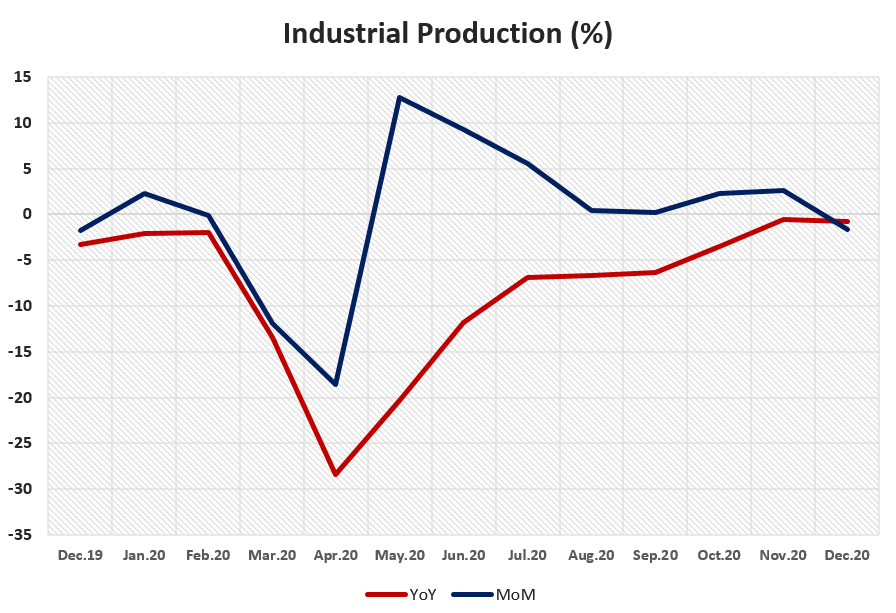
After the global spread of Coronavirus outbreak (Covid-19), it started to affect economic activity deeply. Due to the initial effects of the pandemic, the Industrial Production Index declined sharply due to the fact that public actors raised necessary restrictions and lockdown measures. However, the financial authorities' offering stimulus packages at record levels and the intention of European Central Bank (ECB) on addressing the market's liquidity needs by using Pandemic Emergency Purchase programs (PEPP) had led to a recovery. As part of the steps taken in this direction, the Industrial Production Index accelerated along with the steps for normalization and the introduction of the seasonality effect, moving towards the recovery movement. But later, in the transition from the summer season to the autumn, there were again increases in the Coronavirus outbreak. In this context, Europe's leading economies, especially Germany, the Netherlands, France, Spain, Italy, also wanted to avoid the number of cases by resorting to restrictions again.
Although the measures were taken as part of the measures, provided that they did not affect the supply chain, the spending capacity of households decreased relatively and they also subdued the domestic demand. Consumers' spending habits weakened relatively with the pandemic period, leading to the decline of the Industrial Production Index and in addition, the ECB, along with the restrictions taken, resorted to increasing asset purchases under PEPP, as well as the European Union's budget expansion. Such actions eased the pressure on the Industrial Production Index.
For the future, member states may ease their restriction measures, but new strains play an important role in risky groups. If governments do so by loosening restrictions and supporting the economy with a fiscal coronavirus aid package, it can relieve pressure on the Industrial Production Index, leading to positive momentum. Considering that the recoveries on the industrial production index are the leading indicators of the future GDP growth data, its positive reflection on the GDP growth data can be an indicator of the possible recovery.

